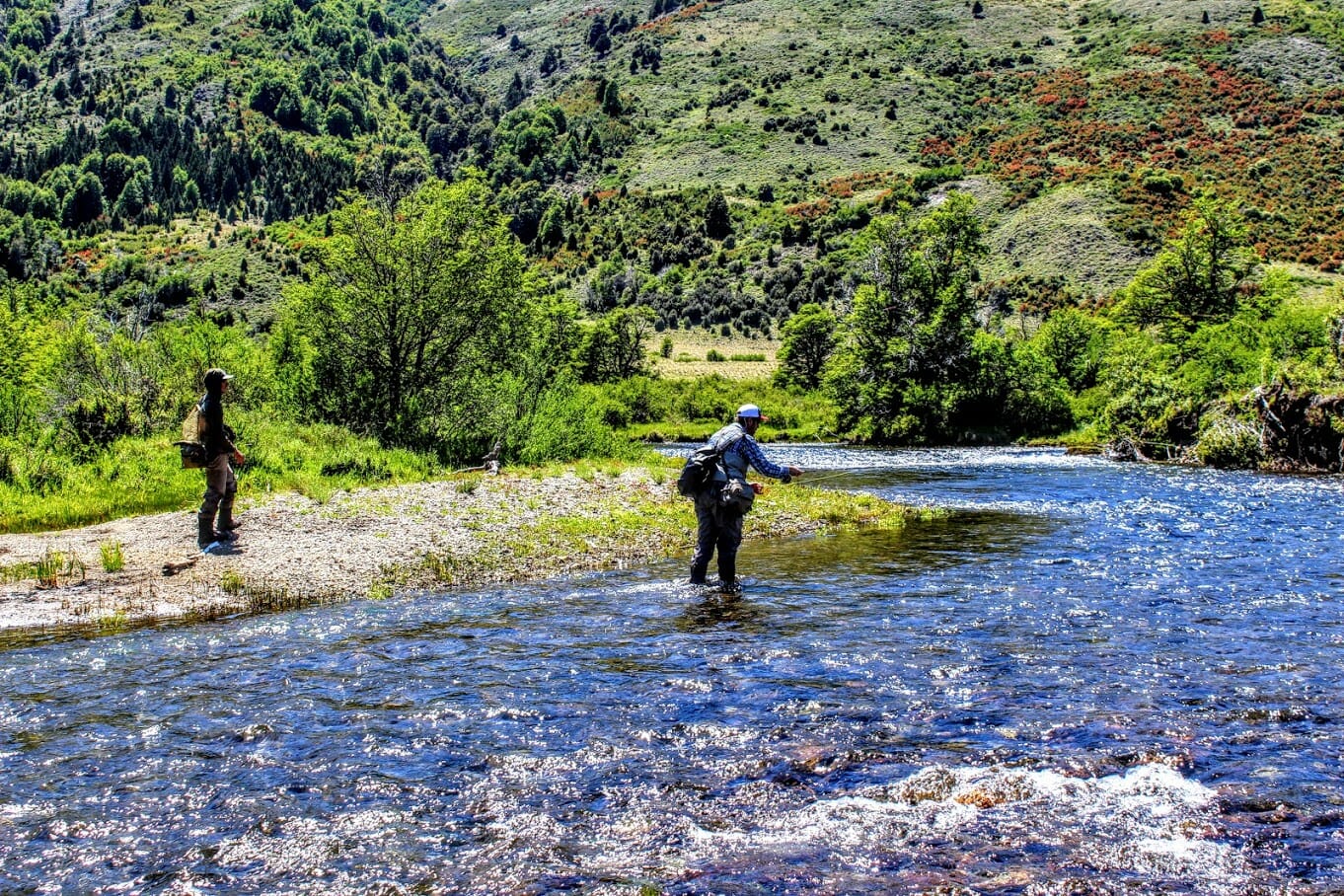I’m a “freelance” fly fisher by trade. Even on new water, I tend to look for what appears to be familiar. Long, deep runs. Structure. Riffles. Tailouts.
Rising fish.
And when I see the latter, I become somewhat laser-focused. Rising fish are feeding fish, and feeding fish are eminently catchable.
In the absence of rising fish, I fall back to running flies over likely water—the aforementioned structure and characteristics that anglers with any experience can recognize as potential lies for trout.
I’m not, however, the most efficient angler, and I’m not the most thorough angler, either. I’ll skip from rising fish to rising fish, or I’ll skip water altogether if it just doesn’t look fishy enough. I also might pass over water that requires me to change strategies. If I’m fishing dries to risers, I’m loathe to stop and put on a nymph under an indicator, add more leader, etc.
In my head, I tell myself I can come back to the water I skipped with a new rig and hit it another time. In reality, I rarely ever do, choosing instead to keep hunting rising trout, or swinging streamers through deep runs if that’s what I started out doing.
The notion of covering water completely the first—and only—time through a run seems overly disciplined to me. But, as I’ve learned from fishing with guides over the years, it works. I was reminded of this on a trip last year to Patagonia, where my guide for the day, a diminutive Argentine named Santos, repeatedly scolded me for casting too much line, targeting fish that I could get to eventually and generally trying to freelance fish in his presence on a small tributary of the Malleo River.
“No,” said Santos, who works for Patagonia River Guides North. He looked at me firmly. “Cover the water. If you’re going to fish with me, you’re going to do it right.”
He instructed me, with the same length of line, to approach the stream as if it presented itself to me in thirds. First cast left. Then cast middle. Finally, cast right. Take a few quiet steps upstream. Repeat.
“But what about that rising fish up there?” I asked, somewhat annoyed at the algebraic discipline being applied to the craft that I generally find quite liberating.
“We’ll get to that fish when you cover the water,” he said matter-of-factly. Of course, he wasn’t asking me to fish over fishless water—this trib was simply gorgeous, and it was replete with likely holding water. But I struggled with the notion of fishing water that might hold fish when, just ahead there was water that did hold fish. What I likely failed to grasp was what Santos was struggling to communicate to me: What if, in the next 50 feet of water between me and the rising trout ahead, a 20-inch brown was lurking behind a rock? Would I skip the chance to fish to it just to catch the feeding foot-long rainbow?
Of course not.
I sulked, reeled in a few feet of line and proceeded to cover the water. Then, to add insult to injury, I nabbed a 14-inch brown on my second cast. It wasn’t rising, but when the Chernobyl equipped with a Perdigon Nymph drifted over it, it nabbed the dropper. Santos graciously complimented my cast, even though he would have completely justified if he’d screamed, “See? I told you so!” at the top of his lungs.
Lesson learned.
But here’s the rub. In places like Argentina or in England or Scotland or anywhere where water is largely private and anglers are subscribed to fish “beats,” being efficient and deliberate is important. Fishing all possible holding water becomes a much more important endeavor, even if it means it’ll take more time to get to that great tailout or even that rising trout that keeps taunting you while you’re putting flies over water that doesn’t overtly scream “fish!”
Here in the western U.S., where the “beats” are wherever we choose, we have the luxury to ignore water that might hold fish and instead target water where the odds are more in our favor. As a right-brained freelancing angler, I like the ability to move around and cherry-pick great water. But as a guide in a place where beats constrain clients to certain stretches of water, fishing the lower-grade water is a necessity and, as I learned above, it does pay off now and then.
Will I apply this efficient process in my everyday angling? Likely not. But when you’re fishing with guides, both of you want to catch fish, so it’s completely understandable why Santos (and many, many guides the world over) instruct clients to cover all of the water that could hold trout.
Perhaps the methods are different. Perhaps the instruction is delivered more delicately to clients less likely to protest than I am. But covering water, no matter how you’re instructed to do it, leads to more fish.
And for you, catching fish is fun. For your guides, catching fish is their living.
That, too, is a lesson worth remembering.



